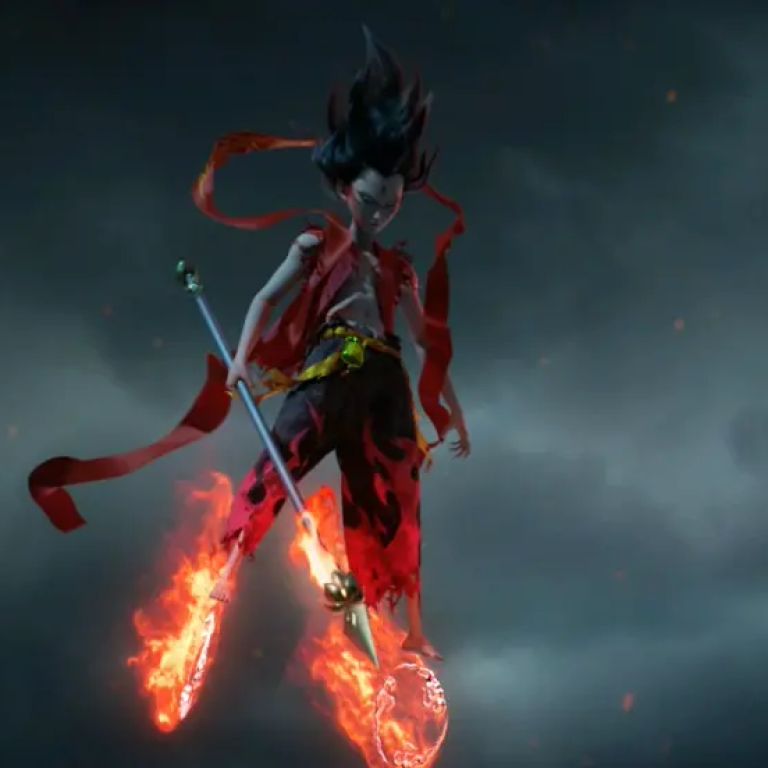
Nezha’s huge success masks challenges facing China’s animation industry
Outside of Monkey King: Hero is Back and Nezha, most Chinese animated movies struggle to make money

While the glamor of Nezha has attracted a lot of attention, industry watchers said that most Chinese animated movies still struggle to make money.
In the US, five animated films have made more than $100,000 million so far this year at the domestic box office. This includes the photorealistic CGI remake of The Lion King, with more than $470 million, and Toy Story 4, which made more than $419 million.
One big problem facing further development of the industry is the lack of investment. China’s animation industry saw a boom year in 2015, when Monkey King: Hero is Back became a cinematic sensation in the country. This led to a lot of money pouring into the industry, but slowing economic growth in China has meant the money isn’t flowing like it used to.
Yang said Nezha’s success is more of a miracle. The film’s production involved more than 20 animation studios in China and more than 1,600 people.
Sounds like a lot of synergy, right? Yang had a different take. It attests to how fragmented the production line is with China’s animation industry, he said.
“Most of the time we just work on our own. We don’t have time to work with one another because we are struggling to survive,” he said, “I think the industry is on the cusp of integration. After that, we might just finally meet spring.”
“Internet companies’ product strategy often entails a low budget, quick iterations and lots of troubleshooting,” he said, “This just doesn’t fly in the content business.”
“Only after this capital leaves can we then pause to think with more composure,” he added.
Interestingly, both films have themes of defiance, which seems to have resonated with many filmgoers in China.
But perception matters. Chinese animated films are still often seen as catering to younger audiences. Monkey King and Nezha featured some mature themes, though, allowing the films to appeal to people in different age groups the way many top-grossing American and Japanese animated films have.
For more insights into China tech, sign up for our tech newsletters, subscribe to our Inside China Tech podcast, and download the comprehensive 2019 China Internet Report. Also roam China Tech City, an award-winning interactive digital map at our sister site Abacus.

